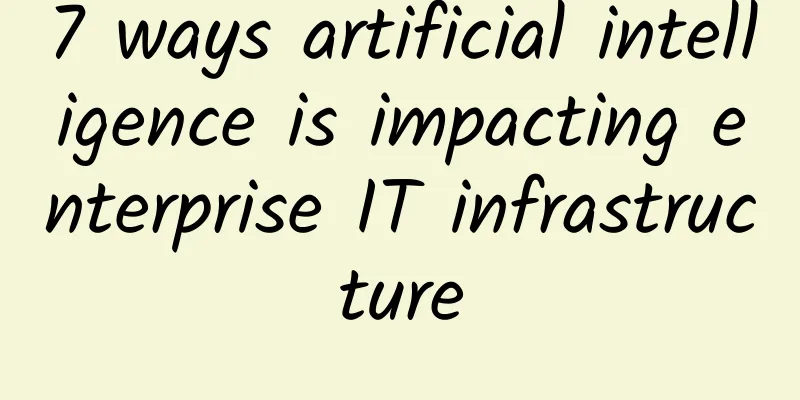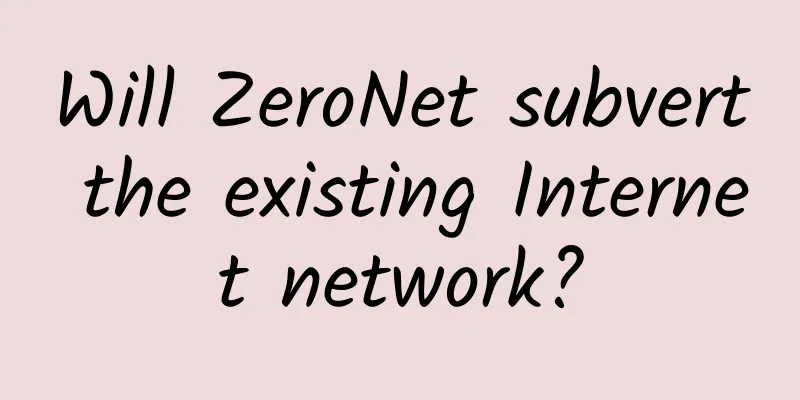How 5G will revolutionize healthcare

|
Today, the development of 5G technology (fifth-generation mobile communication technology) is in full swing, and many communication operators and manufacturers have made it more widely publicized, saying that people can use 5G technology to download movies or process data at a faster speed. However, in addition to being able to play multiple Netflix shows at the same time, 5G technology will also change the way medical care is provided in the medical field.
Coping with an aging population “The healthcare industry is facing a number of significant challenges right now, one of which is an aging population and another is chronic disease, which not only makes treatments more expensive but also lasts longer,” said Derek Long, head of telecoms and mobility at Cambridge Consultants. Britain's health service faces such challenges, partly due to an ageing population, a view echoed by a spokesman for the National Health Service (NHS). Earlier this year, NHS England chief executive Simon Stevens launched the NHS's long-term plan, outlining how the service will cope with growing demand over the next decade. In his speech, Stevens mentioned the issue of population aging several times: the plan will ensure the health of the elderly, and secondly, in the next five years, the UK will have one million new retirees, and one-third of British women may live to be over 100 years old in the future. More long-lived elderly people will require more medical staff and medical care methods. The plan promises a new technology solution that would “provide patients with online consultations with their GP, reduce outpatient appointments by a third, and save patients 30 million hospital admissions, saving the NHS more than £1 billion a year.” 5G, with its faster speeds and lower latency, will make these online medical consultations possible. The plan also shifts the focus from treatment to prevention; helping doctors detect problems early, before they become urgent (and more costly), 5G technology could revolutionize healthcare for everyone, young and old, and a large-scale pilot is already underway in Liverpool, UK. “The solution for the healthcare system is to move away from treating disease and toward preventive healthcare, managing people’s daily behaviors and providing them with tips to avoid disease,” Long said. “This is likely where 5G will play a big role, as people will have wearable devices that can sense a lot of different parameters, including blood pressure, heart rate, temperature and more.” Wearables can save lives 5G doesn't just mean faster data transmission, it also means that the cost of transmitting data and using devices will decrease. With a stable 5G connection, the mobile devices used (whether they are fitness trackers or mobile phones) will not need to have full processing power. Instead, these devices will be able to hand off the heavier tasks to servers in the cloud, which will then process and compress the data and return the processing results to the mobile device, just like companies rent supercomputers for calculations, without having to build and operate data centers themselves. “5G makes it significantly cheaper to produce data, so it’s easier for users to transmit data,” Long said. “5G technology also enables users to put functionality into the network rather than putting it on the device, which means the complexity of the device itself can be significantly reduced, which can significantly reduce costs. Developers can use this data through different algorithms. We will also see data generated by blood pressure monitors being used for other applications.” All this data analysis isn’t going to replace doctors. No one wants a smartwatch that checks their heart rate and diagnoses them with a number of serious illnesses via on-screen alerts. Instead, these devices are just acting as early warning systems. If the next generation of health trackers detects troubling parameters, patients might be advised to go to the hospital for a checkup or visit a doctor. When patients are feeling a little down, or worried about their health, these conditions are easily measured and sensed by instruments, such as heart rate or blood pressure. More reliable 5G video diagnostics could also ease the strain on hospitals and doctors currently facing the need for elderly patients to undergo regular outpatient checkups. “Many older people with chronic conditions don’t need to go to the hospital, but just need to have regular checkups or be informed of what needs attention,” Long said. “These measures can be done remotely: For example, a patient can be checked in two or three times a day via video, which is more personal and effective than calling or sending an email.” Wearables have been around for more than a decade, and many people think of them as smartwatches, Long said, but specialized fitness trackers powered by 5G technology could become commonplace in the next few years. "I think in the next two to five years, more people will adopt specific connected devices for medical purposes, perhaps specialized instruments like blood pressure monitors or diabetes monitors, and use specific applications to access services provided by local doctors or medical centers," he predicted. Therefore, 5G technology not only provides people with high-definition film and television materials, but more importantly, it can reduce the number of patients going to hospitals for treatment. |
<<: Compared with the insecure HTTP, how does HTTPS ensure network communication security?
>>: Seven tips for choosing intent-based networking
Recommend
Distributed Fiber Optic Sensors Global Market Report 2023
The global distributed fiber optic sensor market ...
From "eating meat" to "drinking soup": the difficult transformation of telecom operators
According to the established plan, the three majo...
BandwagonHost: 1-10Gbps bandwidth CN2 GIA line quarterly payment starting from US$46.7, Hong Kong/US data center
Bandwagonhost should be a successful transformati...
July operating data of the three major operators: 5G becomes the "driving force" of growth, with the number of users exceeding 500 million
Recently, the three major operators have released...
IndoVirtue: Singapore direct VPS starting at $7 per month, 1G RAM/20GB hard drive/400GB monthly traffic
IndoVirtue is a foreign hosting company founded i...
Summary information: CUBECLOUD/zorocloud/Eurasia Cloud/Bluemi Cloud
Recently, we have received product promotion info...
This article teaches you how to use C code to parse a network data packet?
[[416402]] The purpose of this article is to rand...
HostDare: CN2 GIA line CSSD series 15% discount from $30/year, CKVM series 10% discount from $45/year
HostDare continues to offer discount codes for CN...
What exactly is “cloud-network integration”?
Hello everyone, today I would like to talk to you...
The data of tens of millions of JD.com users are suspected to have been leaked. Human greed has given rise to the "data black industry".
[[188856]] Recently, a heavy "bomb" app...
Operators have confirmed: The first generation of 5G mobile phones can only use 4G networks
Recently, the inability of NSA 5G phones to conti...
What are the unique values of enterprise-level Wi-Fi Mesh networks?
Wi-Fi introduced mesh technology very early, and ...
5G NB-IOT Billion Journey Online Industry Summit was held online. "New Infrastructure New IoT" opens up new opportunities
[51CTO.com original article] On April 15, 2020, t...
I've never seen such a thing before. Netizens grabbed the same train ticket on 12306 and Ctrip.
Real story of Spring Festival travel ticket grabb...









